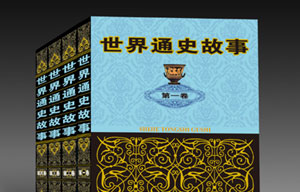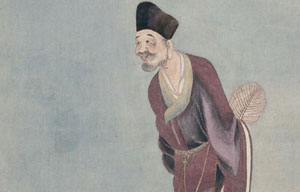History unfolds
Updated: 2013-03-06 10:06
By Wang Ru (China Daily)
|
|||||||||||
Most of the earthen tombs belonged to the State of Sui in Eastern Zhou Dynasty. There were also 12 brick tombs belonging to the dynasties of Eastern Han Dynasty (AD 25-220) right up to the Qing Dynasty (1644-1911).
The excavation also unearthed three pits with chariots and horses. The wooden chariots were driven by two or four horses, which differed from the usual single-horse chariot in the area. Huang believes some of the big tombs belonged to officials in the State of Sui.
Surrounded by mountains, Suizhou is one of the province's most famous historical and cultural cities. It is widely considered as the birthplace of Yandi, also known as Shennong (the Divine Farmer), a legendary figure who introduced major agricultural innovations. Yandi was said to have sampled hundreds of plants in a bid to find the ideal ingredients to produce herbal medicines.
It was also a key military hub because of its strategic location, which connected the south of Hubei, territory of the powerful state of Chu, to other vassal states of Eastern Zhou Dynasty in the north. Therefore Sui was the last defending line against Chu, which plotted to conquer them all.
In most historical annals, including Zuo Zhuan (Chronicle of Zuo), which is among the earliest Chinese works of narrative history, covering the period from 722 to 468 BC, Sui was the only state in the area with official record.
In 1930s, some historians speculated from a few relics that a state named Zeng in the same area existed during the Eastern Zhou Dynasty.
After 1949, a large number of relics engraved with "Zeng" from the territory of Sui were unearthed and thus confirmed the speculation.
In 1978, the tomb of the Marquis Yi of Zeng was excavated in Suizhou. Archaeologists also uncovered a large quantity of well-preserved relics in an area that was believed to be part of Sui's territory.
This led to a discussion of the relationship between Sui and Zeng. Historian Li Xueqin even published an article in Guangming Daily on Oct 4, 1978, titled The Riddle of the State of Zeng.
In his article, Li writes that the states of Sui and Zeng were actually the same place although there are many theories.
According to Ren Wei, a professor from the Archaeology Department of Zhengzhou University, Zeng conquered Sui and occupied the state.
But Li's theory remains the most supported.
"It was common for one state to use two names during the Eastern Zhou Dynasty," Huang Fengchun says.
Renowned archaeologist Tan Weisi, who took charge of the famous excavation in 1978, said in a recent interview with a local newspaper in Hubei that the unearthed dagger from the same tomb once again proved Zeng and Sui were the same state.
Wan Quanwen, deputy curator of Hubei Provincial Museum, also supports the theory.
Meanwhile, Huang is determined to find more proof.
"It is still too early to come to a conclusion. I am sure there are more surprising archaeological discoveries in the area," he says.
Contact the writer at wangru@chinadaily.com.cn.
Related Stories
National Museum of China leads the way 2013-02-08 11:30
Nanjing University History Museum and Art and Archaeology Museum 2012-05-17 09:08
A museum of their own 2013-02-04 13:10
'Harry Potter' wants to learn archaeology 2011-07-11 15:59
Tall tales tell kids all about history 2013-02-26 10:34
BBC broadcaster's Chinese history stories 2013-02-17 10:20
Today's Top News
Police continue manhunt for 2nd bombing suspect
H7N9 flu transmission studied
8% growth predicted for Q2
Nuke reactor gets foreign contract
First couple on Time's list of most influential
'Green' awareness levels drop in Beijing
Palace Museum spruces up
Trading channels 'need to broaden'
Hot Topics
Lunar probe , China growth forecasts, Emission rules get tougher, China seen through 'colored lens', International board,
Editor's Picks

|

|

|

|

|

|







